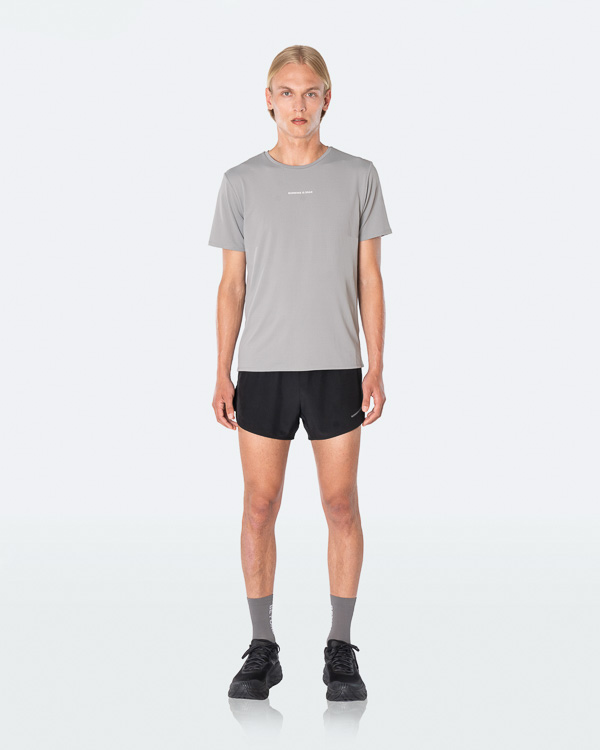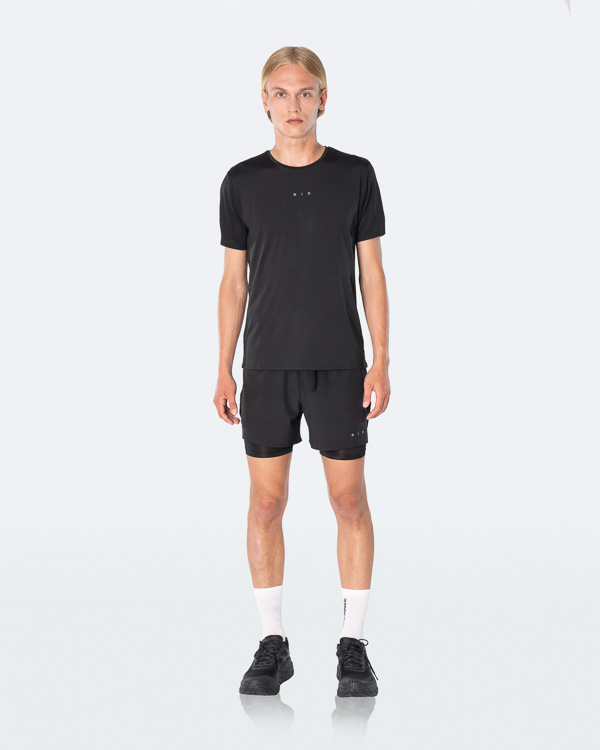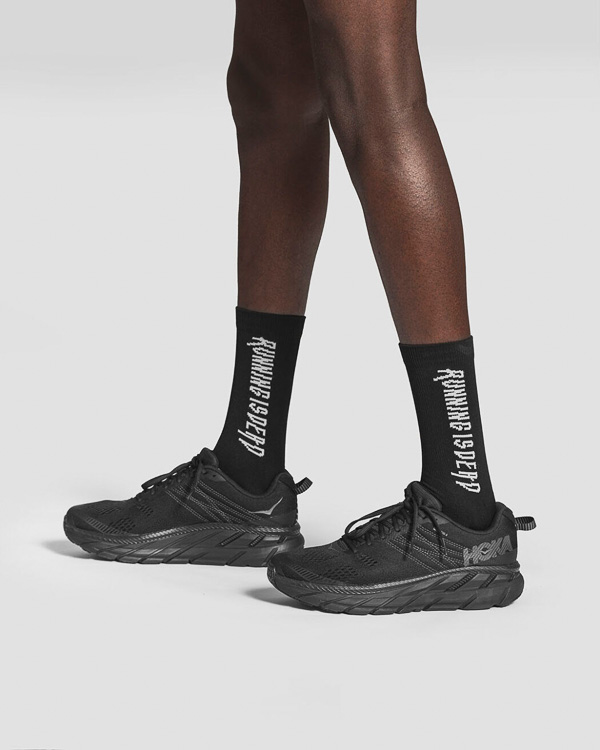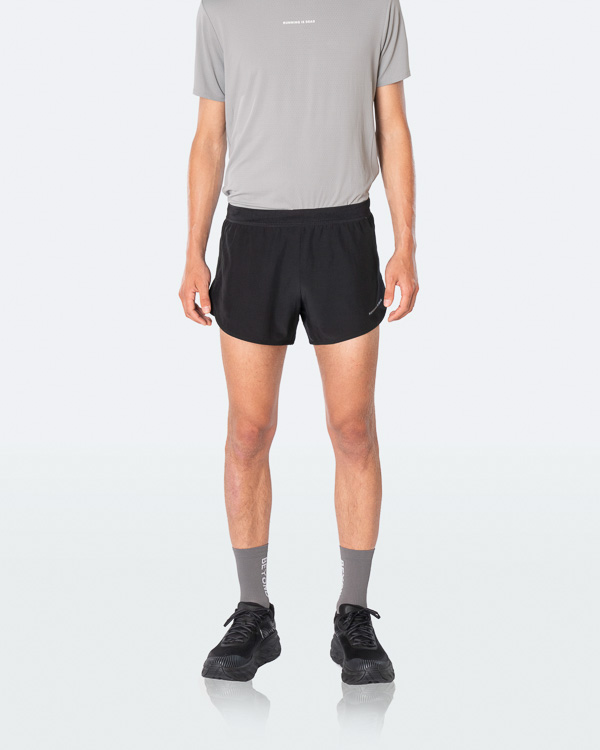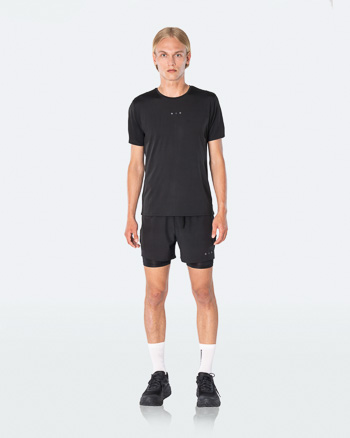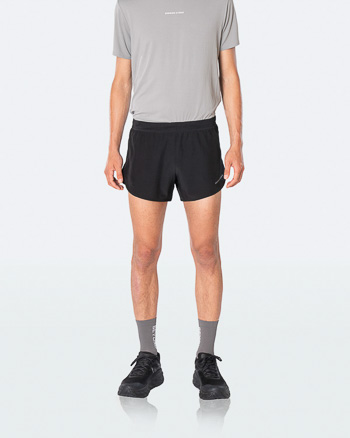Running On Empty
Back in 2008 I was a young man who had just left his 20’s behind and like so many others before me I concluded that the past 10 or so years of partying and eating junk food had taken quite a toll on my overall well-being. I concluded that it was time for a change.
Lidingöloppet
Having endured a dinner on a skiing holiday with friends in the Italian Alps where an old friend from school just couldn’t stop bragging about how he was in the shape of his life after having done something called the Swedish Classics (En Svensk Klassiker – A 6 month long series of sporting events that starts with something called Vasaloppet which equals 90K’s of cross-country skiing in March, continues with a 300K cycling race called Vätternrundan in June, is followed by a 3K swimming competition in July named Vansbrosimningen and ends up with a race called Lidingöloppet which equals 30K’s worth of (easy) trail running in September) I asked myself “If he could do it, how hard can it possibly be?”. Pretty hard as it turns out, but that’s another story. This one’s about running and diets.
This was my first semi-serious brush with running. Don’t get me wrong – I’ve always been running. Prior to signing up for Lidingöloppet I had just never bothered to sign up for a race. For most beginners in the field the objective is to run the race at sub2:15 (4:30/K pace) with the reward being a silly medal you can hide away somewhere deep in your closet. I failed. Miserably. But I didn’t give up on running.
A sub40 10K
The following years I started adding more mileage to my training weeks and still having my mind set on the 2:15 mark at Lidingöloppet I also added a new objective that most runners have probably had their minds set on at some point. No, not running a Marathon – That felt completely out of reach at the time. Running a 10K race (any race!) at sub40 (4:00/K pace). I came close a few times and doing it on a threadmill (yes, with that mandatory 1,5% incline) made it feel almost attainable but I somehow never managed to pull through IRL…
Intermittent fasting
Fast forward to 2013 and I was now well in my 30’s with a few years of a fairly consistent running routine (but no sub40 10K races in the bag!) behind me. While visiting my parents one weekend my mom started raving about this documentary she had watched on BBC with a guy named Michael Mosley who had started examining various forms of dieting, or rather fasting, with the ambitious goal of ”living longer, staying younger and losing weight without changing his lifestyle”. So I watched it and although I wasn’t entirely convinced of myself being able to pull it through nor of the health benefits, which my doctor mom bought into wholeheartedly, I decided to give intermittent fasting a go.
While my mom went for the so-called 5:2 diet (5 days of normal eating and 2 days of fasting) I quickly realized that this was going to make normal life virtually impossible for me so I went for a slightly tweaked version called 16:8 (16 hours of fasting – yes, including when you sleep – followed by 8 hours of regular eating). Now while this doesn’t sound particularly tricky, like changing most habits, the first few weeks were horrible. As I had decided to fast from 8 pm to noon the following day i.e. effectively skipping breakfast, I became a total pest to be around in the mornings. The final hour before lunch was by far the worst. By this time I was so hungry I could hardly manage to talk to my colleagues at the office where I was working and the thought of being able to do any kind of training during these first few weeks felt like a distant dream. But like most changes we make to our routines we adapt. And slowly but surely I started enjoying that feeling of not being full from breakfast in the mornings. This is when I decided to start “running on empty”.
Seeing results
There’s no rocket science to it really and like most “methods” it’s surely not going to be a way forward for everyone but it did work for me. Instead of eating something as fast as I possibly could when my fast was finally coming to an end I’d go for a run. After a few months of doing this I also started seeing results. The obvious one was that once my body had gotten used to skipping breakfast and I no longer felt the need to compensate for that lost meal during lunch I started losing weight. Not much and not immediately but little by little. The following year I finally had my reward: an official sub40 10K (39:34 at a race called Hässelbyloppet).
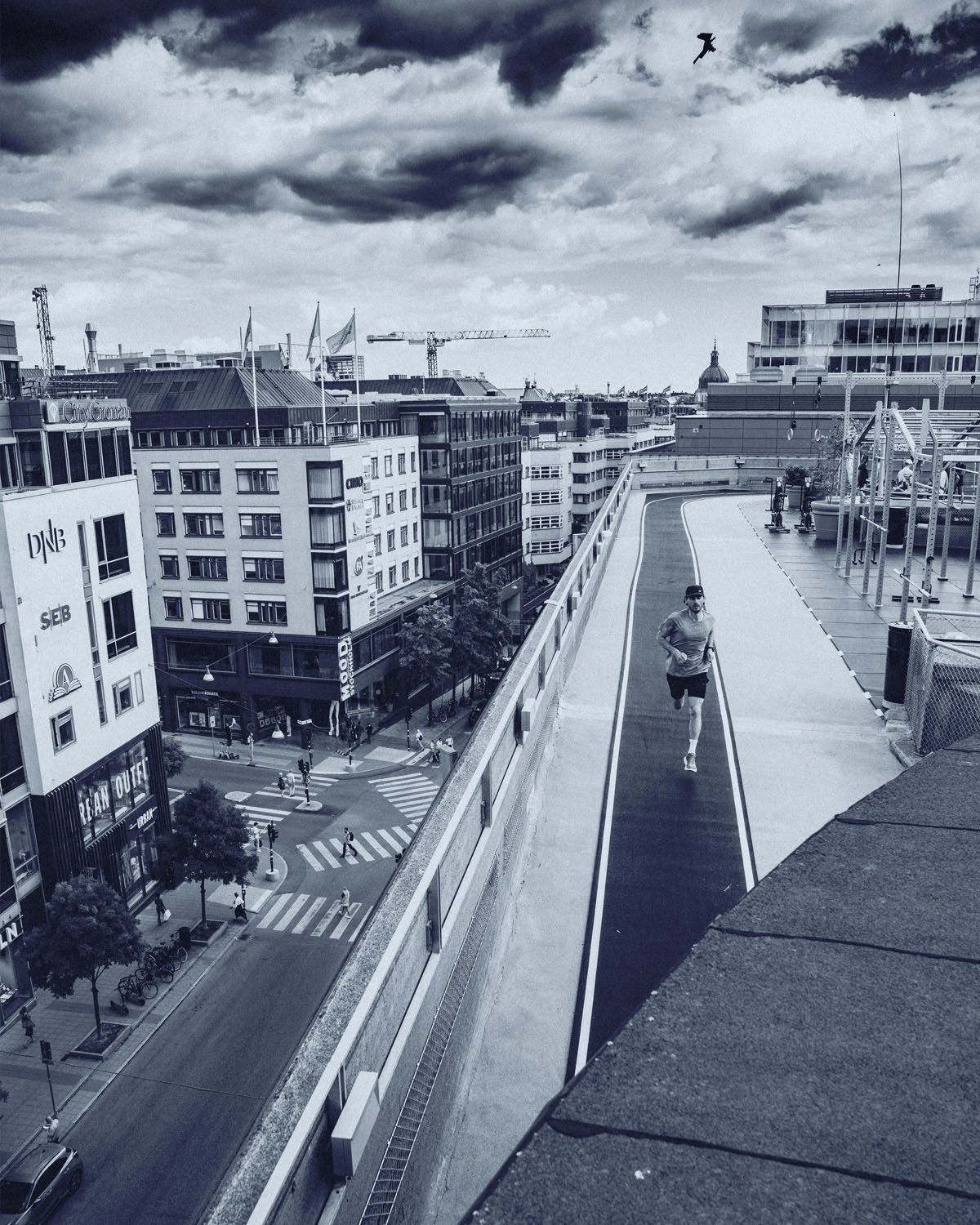
Finding balance
Now well into my 40’s I’ve kept running on empty as much as I can although admittedly not with the same level of discipline as before. It has helped me manage my blood sugar levels over the course of the day and it has helped me maintain my weight. In that sense I swear by intermittent fasting but I have no illusions of it being that one solution for all. I do however strongly believe that your running as well as your overall well-being will improve when you find the right balance between training, sleeping and eating (right). So keep at it until you figure out what works best for you.
Happy to hear your thoughts on what you have done to find your balance.
All the best,
/ Martin, Co-founder of Running Is Dead
Running On Empty
Back in 2008 I was a young man who had just left his 20’s behind and like so many others before me I concluded that the past 10 or so years of partying and eating junk food had taken quite a toll on my overall well-being. I concluded that it was time for a change.
Lidingöloppet
Having endured a dinner on a skiing holiday with friends in the Italian Alps where an old friend from school just couldn’t stop bragging about how he was in the shape of his life after having done something called the Swedish Classics (En Svensk Klassiker – A 6 month long series of sporting events that starts with something called Vasaloppet which equals 90K’s of cross-country skiing in March, continues with a 300K cycling race called Vätternrundan in June, is followed by a 3K swimming competition in July named Vansbrosimningen and ends up with a race called Lidingöloppet which equals 30K’s worth of (easy) trail running in September) I asked myself “If he could do it, how hard can it possibly be?”. Pretty hard as it turns out, but that’s another story. This one’s about running and diets.
This was my first semi-serious brush with running. Don’t get me wrong – I’ve always been running. Prior to signing up for Lidingöloppet I had just never bothered to sign up for a race. For most beginners in the field the objective is to run the race at sub2:15 (4:30/K pace) with the reward being a silly medal you can hide away somewhere deep in your closet. I failed. Miserably. But I didn’t give up on running.
A sub40 10K
The following years I started adding more mileage to my training weeks and still having my mind set on the 2:15 mark at Lidingöloppet I also added a new objective that most runners have probably had their minds set on at some point. No, not running a Marathon – That felt completely out of reach at the time. Running a 10K race (any race!) at sub40 (4:00/K pace). I came close a few times and doing it on a threadmill (yes, with that mandatory 1,5% incline) made it feel almost attainable but I somehow never managed to pull through IRL…
Intermittent fasting
Fast forward to 2013 and I was now well in my 30’s with a few years of a fairly consistent running routine (but no sub40 10K races in the bag!) behind me. While visiting my parents one weekend my mom started raving about this documentary she had watched on BBC with a guy named Michael Mosley who had started examining various forms of dieting, or rather fasting, with the ambitious goal of ”living longer, staying younger and losing weight without changing his lifestyle”. So I watched it and although I wasn’t entirely convinced of myself being able to pull it through nor of the health benefits, which my doctor mom bought into wholeheartedly, I decided to give intermittent fasting a go.
While my mom went for the so-called 5:2 diet (5 days of normal eating and 2 days of fasting) I quickly realized that this was going to make normal life virtually impossible for me so I went for a slightly tweaked version called 16:8 (16 hours of fasting – yes, including when you sleep – followed by 8 hours of regular eating). Now while this doesn’t sound particularly tricky, like changing most habits, the first few weeks were horrible. As I had decided to fast from 8 pm to noon the following day i.e. effectively skipping breakfast, I became a total pest to be around in the mornings. The final hour before lunch was by far the worst. By this time I was so hungry I could hardly manage to talk to my colleagues at the office where I was working and the thought of being able to do any kind of training during these first few weeks felt like a distant dream. But like most changes we make to our routines we adapt. And slowly but surely I started enjoying that feeling of not being full from breakfast in the mornings. This is when I decided to start “running on empty”.
Seeing results
There’s no rocket science to it really and like most “methods” it’s surely not going to be a way forward for everyone but it did work for me. Instead of eating something as fast as I possibly could when my fast was finally coming to an end I’d go for a run. After a few months of doing this I also started seeing results. The obvious one was that once my body had gotten used to skipping breakfast and I no longer felt the need to compensate for that lost meal during lunch I started losing weight. Not much and not immediately but little by little. The following year I finally had my reward: an official sub40 10K (39:34 at a race called Hässelbyloppet).
Finding balance
Now well into my 40’s I’ve kept running on empty as much as I can although admittedly not with the same level of discipline as before. It has helped me manage my blood sugar levels over the course of the day and it has helped me maintain my weight. In that sense I swear by intermittent fasting but I have no illusions of it being that one solution for all. I do however strongly believe that your running as well as your overall well-being will improve when you find the right balance between training, sleeping and eating (right). So keep at it until you figure out what works best for you.
Happy to hear your thoughts on what you have done to find your balance.
All the best,
/ Martin, Co-founder of Running Is Dead
